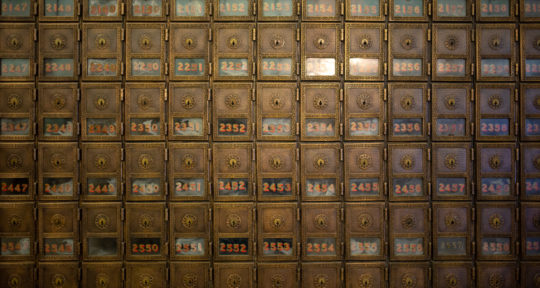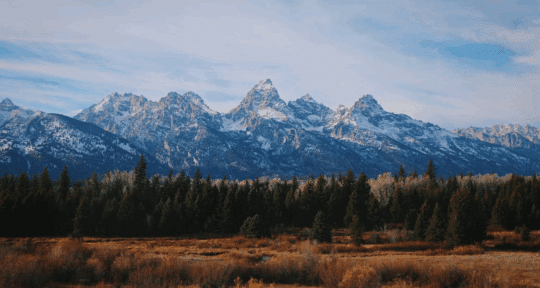I must have been 10 or 11 the first time I saw the tomb at the Rosicrucian Egyptian Museum. Its entrance was yawned from the maw of a cut rock wall, with hieroglyphs carved around its mantel. Inside, at the end of a darkly lit narrow passage, columns held an antechamber aloft. A stone sarcophagus kept watch.
Down a set of steep stairs, scenes of the afterlife covered the walls of the tomb’s main chamber in vivid blues and reds. A burial pit on the ground stood empty, the pharaoh once buried here removed by thieves. I remember wondering at the time how they’d gotten this tomb across the world, from Egypt to San Jose, California—that’s how deeply under its spell I fell. Ultimately, it was a spark that refused to be smothered.
Five years later I’d be shoveling my first dirt at a real archaeological site in the Israeli desert; ten years on, carefully dusting a 1,000-year-old human femur with an old toothbrush in the oppressive heat of a Belizean forest. Almost 20 years after that first trip to the Rosicrucian Egyptian Museum, I’d be a full-fledged doctor of archaeology.
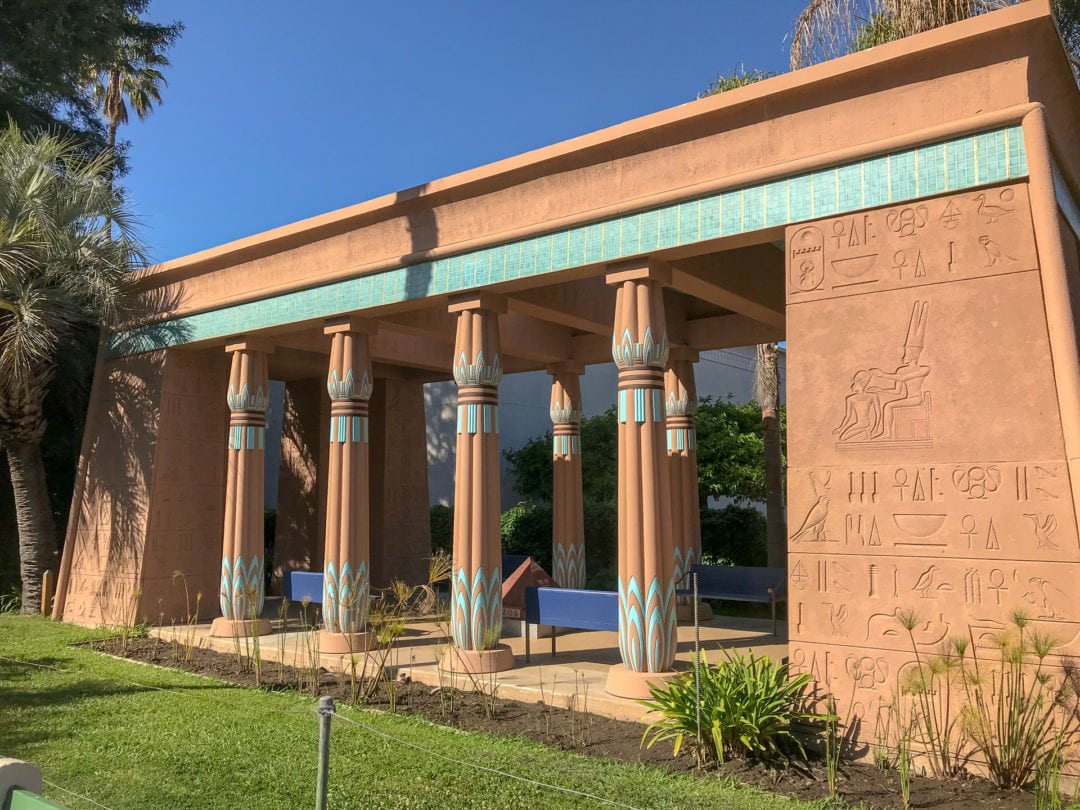
But while it houses the largest collection of Egyptian artifacts on the West Coast, the Rosicrucian Egyptian Museum isn’t about archaeology. Not exactly. It’s there to inspire acolytes, yes, but budding spiritual philosophers rather than archaeologists. This isn’t just some repository for dusty old artifacts—it is the beating heart of the Rosicrucians, a secret society that believes the ancient Egyptians held a knowledge about the universe that could unlock the mysteries of humankind.
Are you a mystic?
For a few weeks now, since signing up to receive the Rosicrucians’ introductory pamphlet Mastery of Life, I’ve been receiving emails from the Ancient and Mystical Order of the Rosae Crucis (AMORC) with subject lines like “Are you a mystic?” and “Are you looking for a spiritual family?”
The most recent email contains only a single quote from an undisclosed “Rosicrucian Manuscript”: “Mysticism teaches cosmic laws and principles by which we are brought into closer consciousness of our divine power. The mystical experience of union with the One imposes upon the mystic a moral obligation—to use this knowledge for the welfare of others.”
It’s a well-oiled machine of initiate recruitment. If I join and pay my $15/month or $150/year membership dues, I too will have access to the “ancient truths” in a series of lessons that awaken higher spiritual, psychic, physical, emotional, and mental powers. But unlocking the secrets of the universe isn’t a simple task.
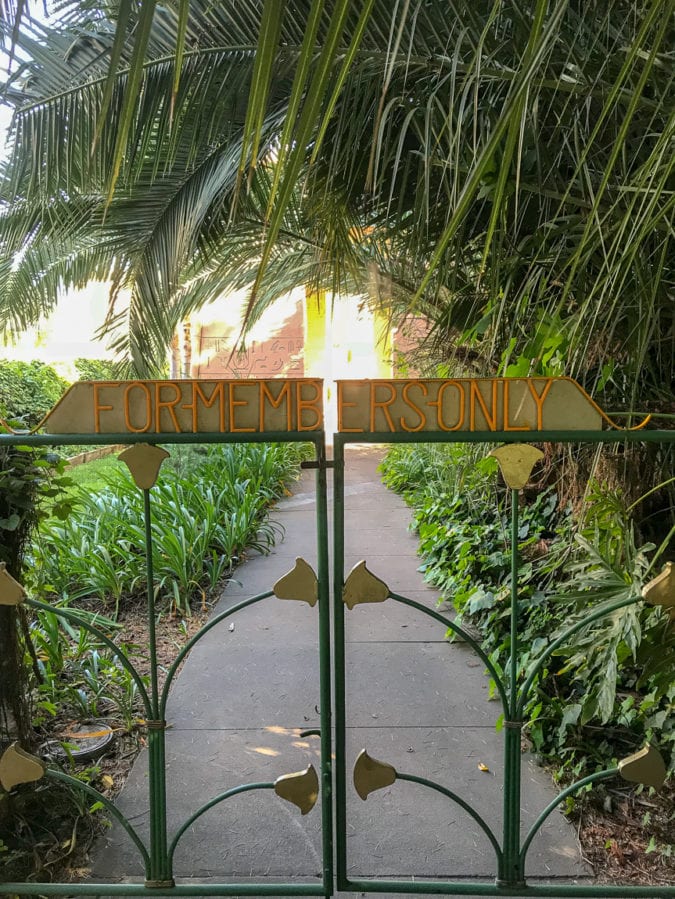
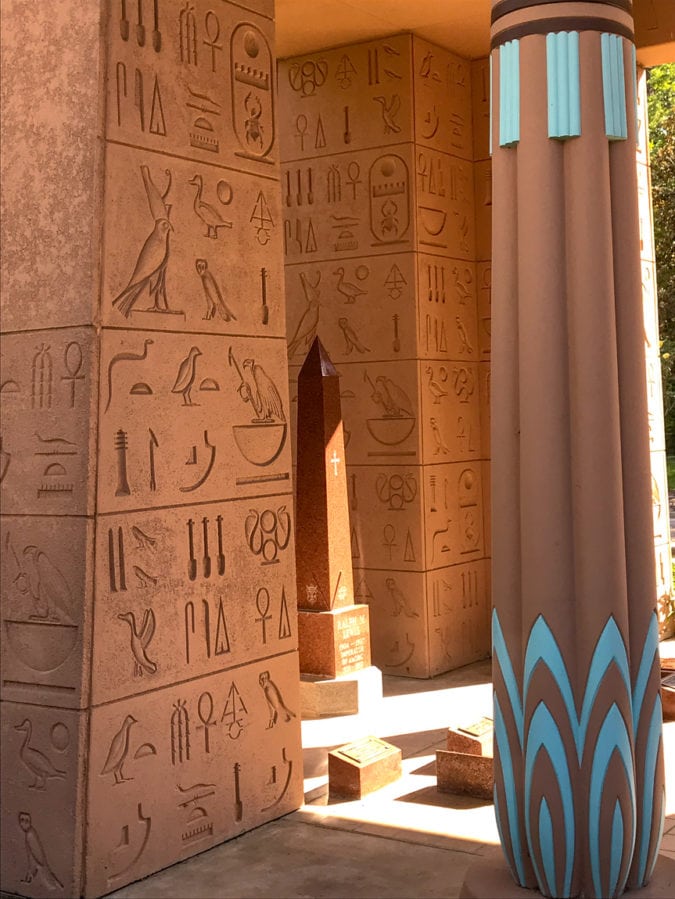
“It requires some discipline,” at least an hour a week, says Julie Scott, the museum’s executive director and the current Grand Master and President of the English Grand Lodge. Those who stick with their weekly lessons, though, can achieve incredible results within just five years, including—allegedly—communicating with others and moving objects purely through the power of the mind.
“When you follow the instructions in the lessons, they work,” Scott asserts earnestly. “People can sense our thoughts and our thoughts can move physical objects. You can be in a public place and send a thought to someone to turn around and they will turn around.”
Though the Rosicrucians trace their mystical learnings back over 3,000 years, their modern origins in the United States reside with a single philosopher-prophet, H. Spencer Lewis. Lewis was a kind of L. Ron Hubbard-esque mystical guide of the early 20th century New Age set. After being initiated into the Rosicrucian Order during a visit to France in 1909, the American businessman returned to New York to launch a new American chapter, the Ancient and Mystical Order of the Rosae Crucis.
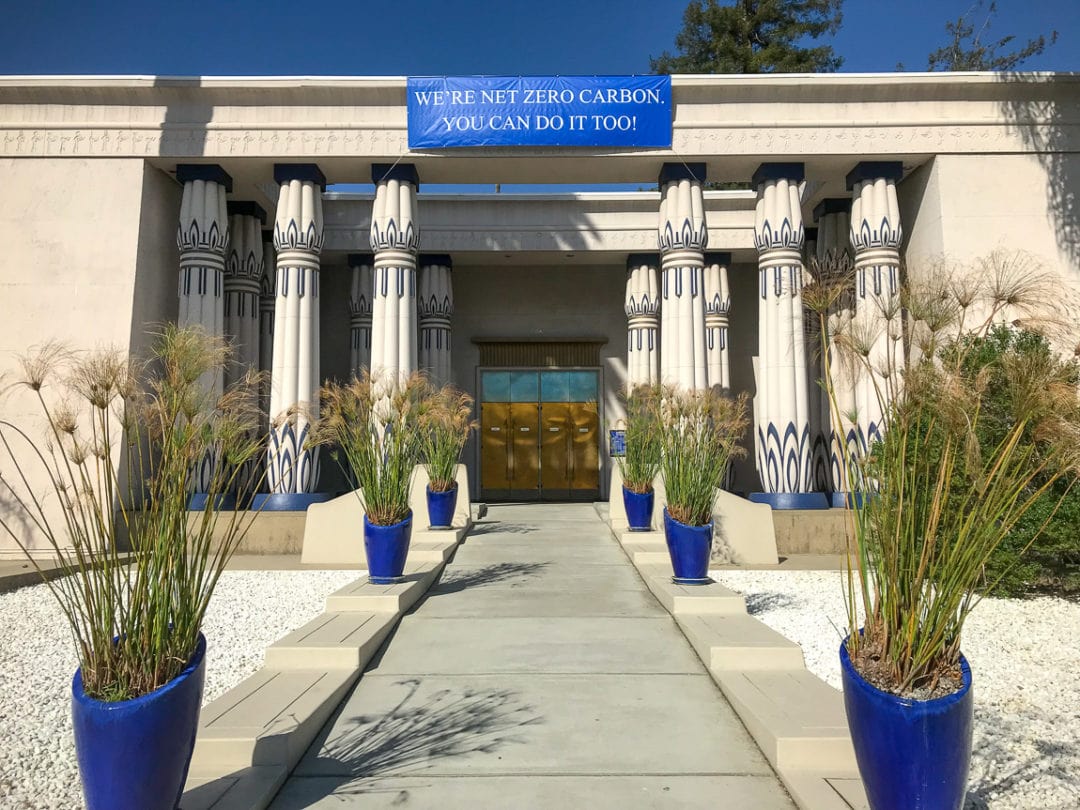
Twelve years on, he moved the growing order’s headquarters cross-country to San Jose. Despite being a sleepy city of fruit orchards and canning operations at the time, San Jose already boasted three universities, and Lewis believed that Californians might be more open to Rosicrucian ideas.
After that, “it all just kind of fell into place,” says Scott. In 1929, Lewis led a group of AMORC initiates on a trip to Egypt, returning with a small lion-headed goddess (Sekhmet) statue, more than 2,000 years old. “He referred to that as the Rosicrucian Egyptian Museum,” Scott says, and he visualized building a museum dedicated to Egyptian history and filled with its ancient objects.
Members of the order, hearing about their leader’s vision, began donating artifacts and funds to purchase objects like a mummified baby gazelle from the 22nd Dynasty, a painted wooden Anubis Jackal sculpture from the 4th century B.C. and a calcite pitcher from between the 16th and 13th centuries B.C. By the 1960s, they’d collected so many items that the building could no longer hold them. “We have 4,000 real artifacts,” says Scott.
An alchemy of the self
The Egyptian Revival-style museum—built in 1966 faced with fluted columns and guarded by parallel rows of whitewashed ram statues, a form of the God Amun—is still the home of the museum today. Though its treasures are vast, the museum itself is humble, with simple displays and dioramas spread across several floors. The technological innovations that have become synonymous with Silicon Valley haven’t penetrated this inner sanctum.
Upstairs, an exhibit on alchemy fills an entire gallery. The Rosicrucians consider alchemy—the proto-scientific concept of transmutation, or changing one thing into another—among the most valuable forms of mystical knowledge about the universe.
The technological innovations that have become synonymous with Silicon Valley haven’t penetrated this inner sanctum.
But whereas alchemy has historically been preoccupied with turning base metals like lead into noble metals like gold and discovering an elixir of immortality, the order’s alchemical objective is of more elevated stuff: divine wisdom that alters the very core of an individual’s character. An alchemy of the self.
Like Spencer’s original vision for an Egyptian Museum, the AMORC’s new vision is to turn this exhibit, with its displays on the seven stages of alchemy and an imitation alchemist’s workshop, into a full-fledged museum of its own—the largest alchemy museum in the world.
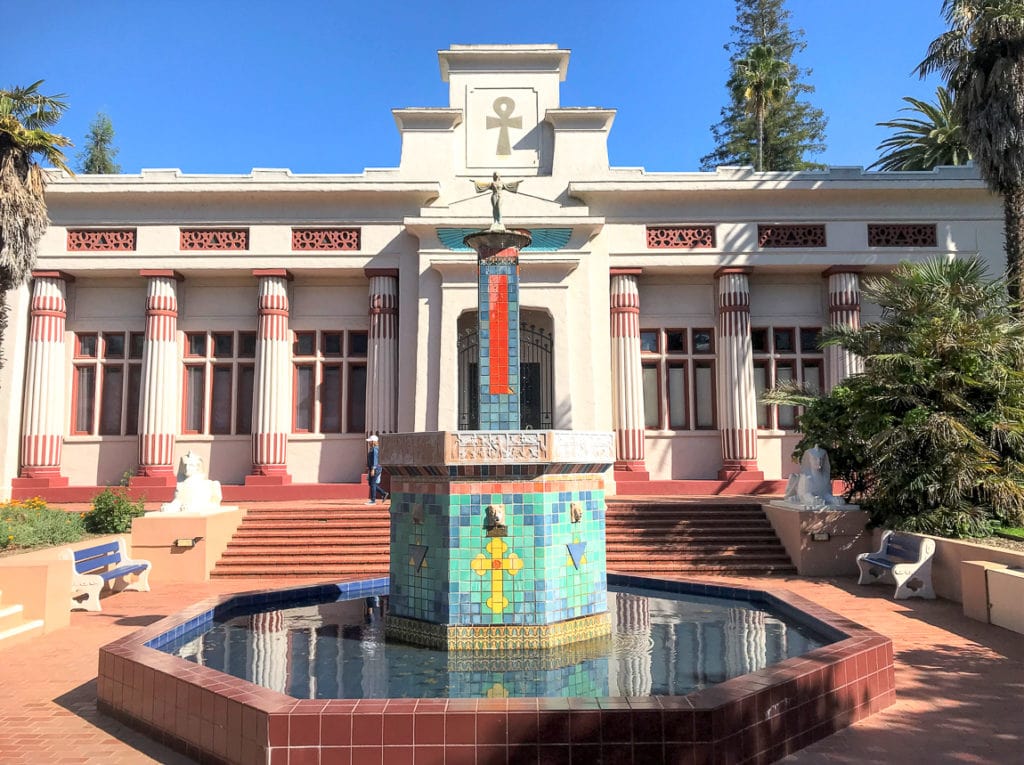
The Rosicrucians new venture will take its place in the lushly landscaped Rosicrucian Park in this quiet residential corner of San Jose, alongside Rose-Croix University International (where members of the order can take classes in personal development and spiritual growth), the Rosicrucian Research Library, a Peace Garden, meditation labyrinth, and planetarium.
A secret society 3,000 years in the making
In addition to the alchemy exhibit, a looping video on Rosicrucianism, and a small reading room stocked with historical and New Age books, the artifacts and interpretations found at the Egyptian Museum are historically accurate. The literature of the Rosicrucians, though, not so much. The AMORC’s official magazine is rife with self-serious topics that make my archaeologist spidey-sense tingle: from Atlantis to the Delphic Mysteries to the Mithraic Mysteries to the Orphic Mysteries. The Rosicrucians love a good mystery.
The Rosicrucians love a good mystery.
The Rosicrucian origin story, too, plays fast and loose with the facts. In Egypt around 1500 B.C., they claim, schools were developed to teach dedicated students secrets about the mysteries of life. Members met in the giant pyramids of Giza, which—contrary to long-accepted archaeological and scientific study—the Rosicrucians believe were built not as funerary monuments and tombs for the pharaohs, but as ritual places for mystical study and ceremony. There is zero evidence to support this claim.

Over the centuries, according to Rosicrucian belief, mystical knowledge slowly seeped from its origin on the Nile to ancient Greece and Rome, following philosophers who traveled to Egypt to study at the “mystery schools”. By medieval times, the esoteric truths that originated with the ancient Egyptians were, according to the Mastery of Life, hiding in plain sight in “the love songs of the troubadours, the formularies of Alchemists, the symbolical system known as the Kabbalah, and the rituals of Orders of Knighthood.”
Then, out of the blue, after more than 3,000 years of secrecy, Rosicrucianism went public. Between 1614 and 1617, three manifestos on the secret society were printed in quick succession in Germany. The parables revolved around Christian Rosenkreuz (Rose-cross), a German doctor and mystic philosopher who learned his ancient knowledge in the Middle East sometime at the end of the 14th century. Returning to Europe, he organized a small group of followers to form the Rosicrucian Order, a secret fellowship of bachelor doctors.
While some regarded the manifestos (and nearly 400 other works about Rosicrucianism published by the end of 1620) as hoaxes or allegories, others, including theologians, professors, and philosophers leaned in to Rosicrucianism. Leonardo da Vinci, Francis Bacon, Rene Descartes, Isaac Newton, Benjamin Franklin, Thomas Jefferson, and Edith Piaf have all been counted among the order’s adherents.
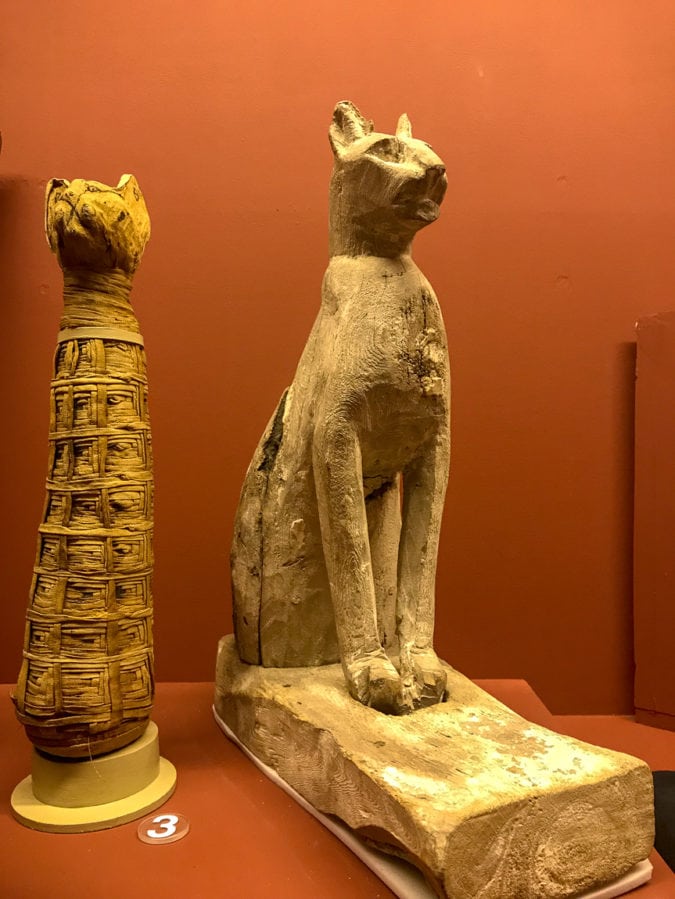
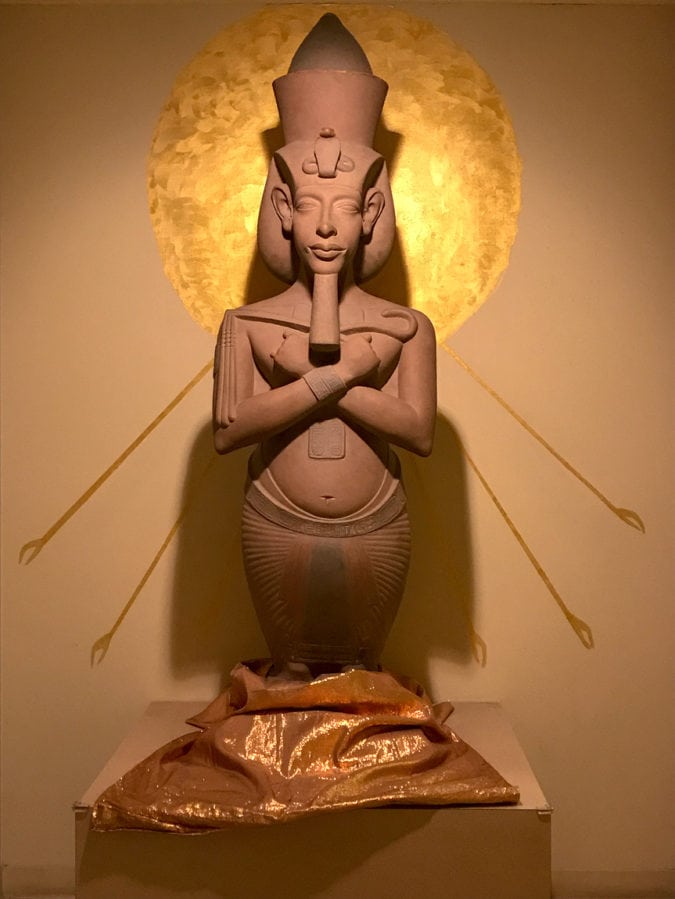
Secret societies and movements throughout the late 19th and early 20th centuries found inspiration in the Rosicrucian tradition, too, not the least of which was the German racist-occult movement Ariosophy, the nationalist stepfather of the Nazi Party. In October 1994, another Rosicrucian-inspired group, the Order of the Solar Temple, a secret initiate brotherhood, drove a wooden stake through the heart of a baby believed to be the Antichrist, and lost 53 members across two countries during a mass murder-suicide.
The sinister lengths which Rosicrucianism has inspired in some groups is worlds away from the values held by the AMORC and the serene Rosicrucian Park. This is an order bound by a quest for knowledge and self-improvement. And to those skeptics who might accuse Rosicrucianism of being a cult? Grand Master Julie Scott dismisses the idea.
“We present very helpful techniques in the very first lessons that members receive. There are techniques for developing our intuition, for calming our system, for attuning to something greater than us,” she says. “Everybody has a right to their opinion.”
If you go
The Rosicrucian Egyptian Museum is open Wednesday-Friday 9 a.m.-5 p.m., and Saturday-Sunday 10 a.m.-6 p.m. Guided tomb tours are held every day the museum is open.


